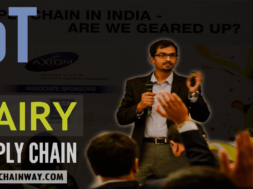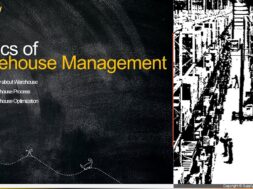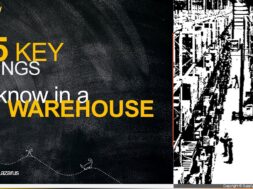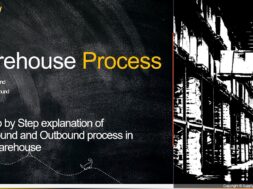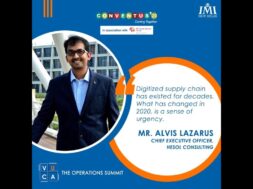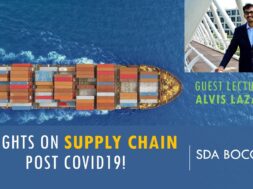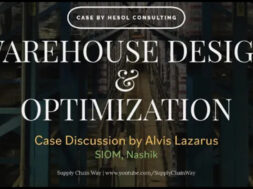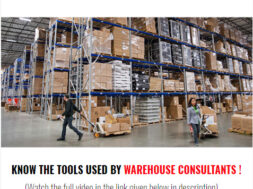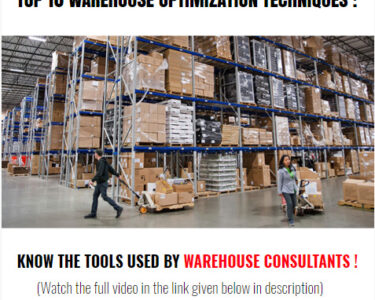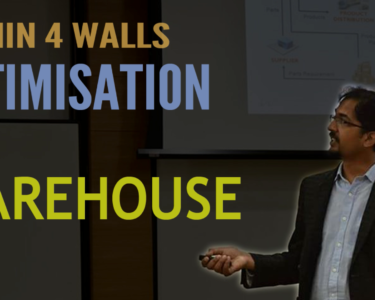SC0005 | IoT in Dairy Supply Chain POC
IoT in Dairy Supply Chain | Dairy Supply Chain is one of the most distribution and labour intensive supply chain. At this POC, Alvis Lazarus explains you how IoT is used to fix upstream and downstream issues in Dairy supply chain.
BUSINESS CASE:
This is a proof of concept of IoT in Dairy Supply Chain. The POC was done at Gujarat, India. The basic supply chain is as follows:
The villagers milk and breed cows. The milk gets deposited in the milk bank from where it is collected and then moved to the processing units. In the processing unit the milk gets processed and are then moved to the CFA as dairy products as well as to sell as milk. From the CFA, they are moved to the distributors and then to the retailers.
TOOLS Used:
- Used SCOR MODEL to map the entire process of planning, sourcing, processing, delivery and the return.
- Used Value stream mapping to map the entire supply chain in detail.
This step has helped us to identify the upstream issues as well the downstream issues associated with the Dairy supply chain. The IoT usage was more concentrated to solve the downstream issues and for upstream issues we have used a mix of IoT and other models and best practices.
Downstream Issues: –
- Distribution- For distribution the issue was associated with transportation, that is when the product was being transported from one place to another. They were solved using proven distribution models and best practices. We have used the GDP Standards and OSHA to solve all the issues within the distribution.
- Inventory- For Inventory the issue was associated with stocking patterns and with a customized IM Model we have fixed the issues related to inventory.
- Transportation- This issue was associated with all stages beginning from the processing to the delivery. It was caused due to temperature variation that has caused change in quality of milk that resulted in rejection of lots. It was fixed by the use of IoT.
Upstream Issues: –
There were large number of upstream issues. However, with multiple prioritization techniques, we determined two main issues that were causing the maximum damage to the Dairy supply chain.
- Quality of Fodder
- Veterinary problems in cows
Due to the veterinary problem and the quality of the fodder the milk quality of the cows deteriorates and is not par as what is expected. When that low-quality milk gets mixed with other lots the rejection happens in lot basis.
Solutions Provided: –
- We used two sensors. One sensor was used to track the body vitals of the cow. Each cow was given a particular identification (tagged), and these sensors were implemented. These sensors acted as a 24/7 tracking system.
- The second sensor was used to check the quality of the fodder. Labs were set up so as to check the fodder on lot basis.
- We used specific flags and protocols in the sensors such that data from the sensor flowed to the simulation tool that we have built where the right flags in the form of red flagging, a beep or a report was provided to the right stakeholders.
- Based on that information we were able to decide which all cows were not ready for milking so as to ensure the bad lot does not mix with the good milk.
- For fodder quality we determined the issues and started rejecting them. We also worked with the vendors so as to ensure the bad lots are not used for the cattle. By implementing these methods, we were able to fix the upstream issues.
For fixing the downstream issue that was associated to temperature changes we used RFID and sensor that tracked all important characteristic parameters of the milk through out the supply chain and the information was sent to the simulation tool as well. This helped us to find out the issues and we were able to fix it.
